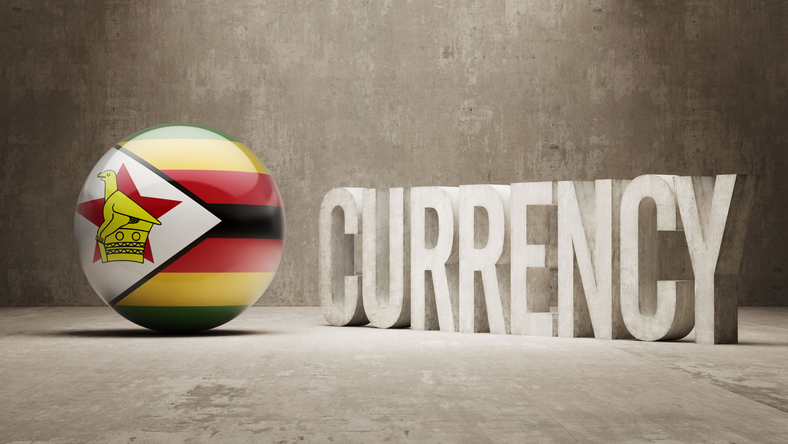Putin’s Pledge to Ditch The Dollar is Slowly Becoming a Reality
The comments below are an edited and abridged synopsis of an article by Andrey Biryukov
Russia is acting on a pledge by President Vladimir Putin to shrink the role of dollar in international trade as tensions increase between Washington and Moscow.

The shift is part of a strategy to de-dollarize the Russian economy and lower its vulnerability to the ongoing threat of US sanctions. But while the central bank was able to dump half of its dollar holdings last year, progress in trade has been slow due to ingrained use of the greenback for many transactions.
The share of euros in Russian exports increased for a fourth straight quarter at the expense of the US currency, according to central bank data. The euro has almost overtaken the dollar in trade with the European Union and China, and trade in rubles with India surged. The dollar’s share in import transactions remained unchanged at about a third.
The euro came close to replacing the dollar as the currency of choice for Russian exports to the EU, with its share climbing to 42% in the first quarter from 32% a year earlier.
Russia still relies on the dollar for more than half of its $687.5 billion annual trade, though less than 5% of those deals are with the US. Part of Russia’s motivation is that companies suffer delays on as much as a third of international payments in dollars because Western companies have to check with the US whether the transactions are allowed.
The euro’s share also increased in Russia’s $108 billion annual trade with China, jumping to more than a third of export settlements in the first quarter from almost nothing at the start of 2018. This shift, which covers commodity sales and big state contracts, has been accelerated by the development of payment infrastructure at the central bank and other lenders.
Trade in yuan is difficult because of capital restrictions that limit foreigners’ access to Chinese assets. The yuan isn’t completely convertible, which means it can’t play a significant role in world trade.
The most dramatic shift is in Russia’s $11 billion trade with India. The ruble accounted for three-quarters of total settlement in exports between the two emerging markets after they agreed on a new payment method through their national currencies for multi-billion-dollar defense deals.

